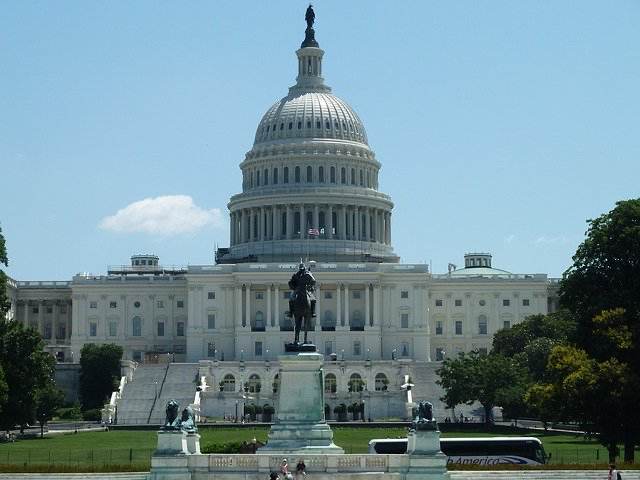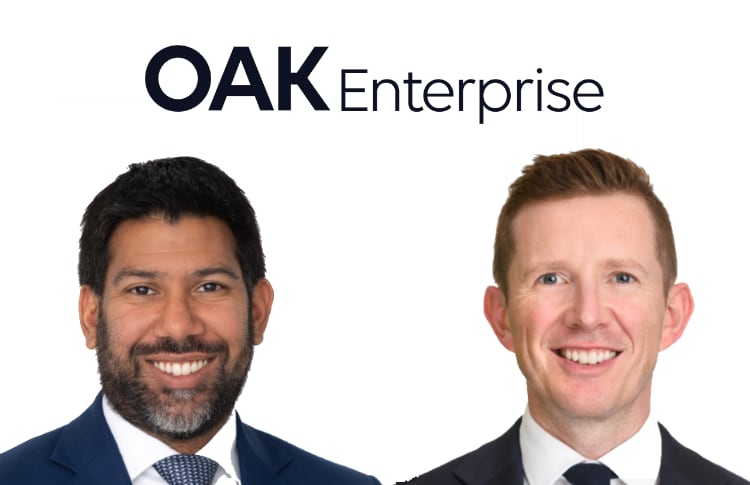
The government of the United States should look to bring the catastrophe bond market onshore, in order to maximise the possible benefits of capital markets participation in insurance and reinsurance, according to John Seo of Fermat Capital Management, LLC.Writing to the US Federal Insurance Office (FIO), in response to their request for industry input about the future direction of FIO work on the insurance sector and climate-related financial risks, Seo explained that there is an opportunity to unlock the capital markets to the greater benefit of insurance companies, public entities and ultimately consumers in the United States.Seo explained that the insurance-linked securities (ILS) market has created an invaluable mechanism that allows capital market investors to provide new capital to the insurance and reinsurance sector, as well as an effective means for managing the risk on companies balance-sheets.On top of this, ILS such as catastrophe bonds continue to provide essential protection to, “the areas of the world with the greatest but also rapidly escalating demand for insurance — coastal and urban areas in the U.S.,” Seo wrote.
ILS supports “the efficient functioning of our insurance market” and also provides “critical finance for vital economic activity,” Seo explained.But ILS and catastrophe bonds have an increasing role to play as well, as the need for products to protect against climate-related risks expands and regulations enforce climate-related guidelines.“We believe ILS will play an even greater role in defining a more climate- and disaster- resilient future,” Seo said.
As the US government’s Federal Insurance Office looks to make the insurance sector more resilient to climate change, which was a key reason the FIO solicited these responses from industry participants, Seo said that “FIO should consider actions that broaden and ease capital market access to insurance risks in the U.S.” Making it simpler for US insurance and reinsurance market participants to access the capital markets can benefit the insurance consumer and make capacity more available, particularly for peak perils and climate-related exposures.One initiative that could assist on this front would be, “bringing the catastrophe bond market onshore,” Seo wrote.He further explained, “Such steps would increase available re/insurance capacity for tomorrow’s catastrophe risks, narrow the U.S.-based protection gap when weather and climate disasters strike and help families and communities recover quicker economically from catastrophic events.” Adding that, “Onshoring the catastrophe bond market would also be an opportunity for the U.S.
to establish a leading role in a growing sector, poised to increase in strategic importance as governments and businesses respond to risks such as climate change, and to ensure our nation has the insurance products and tools it needs for the 21st century and beyond.” Enabling catastrophe bonds to be issued onshore in the United States has been discussed on and off for many years in ILS market circles.Onshore cat bonds would be simpler as an investment proposition for some institutional investors, that cannot send their money offshore, or invest in offshore securities.At the same time, for ceding companies, insurers and reinsurers operating in the United States, it will in some cases be a simpler task to sponsor a catastrophe bond that features an issuance of US domiciled securities, than one that is overseas.
The offshore nature of many ILS structures and cat bonds can preclude some companies from accessing these sources of capital markets backed reinsurance capacity, or means they need to utilise additional counterparties in the middle of structures to front the risk to the offshore special purpose vehicles for them, adding complexity and cost.Of course, other countries, such as the United Kingdom, have implemented regulations to allow for onshoring of ILS and cat bond structures.But, in most cases, any initiative to onshore cat bonds and ILS has been driven by a desire to capture a share of the market, rather than a desire to make accessing capital market sources of reinsurance more efficient and streamlined, so perhaps the US has a chance to do something a little differently here, should it decide to follow-up on Seo’s recommendation.
Bringing catastrophe bond issuance onshore could offer significant benefits to public entities in the US in particular, as many of these cannot transact with offshore vehicles.This could open up cat bonds to actors including municipalities and cities, as well as government funds, which may in future require increasing access to insurance capacity to help them absorb growing climate risks.The US government would need to reduce frictional taxation costs related to onshoring special purpose vehicles for catastrophe bond and insurance-linked securities (ILS) issuance, as at the moment these are too high.
But, any reduction in tax revenues should be offset by revenue gains made through enabling cat bonds to be issued onshore, as well as the clear benefits to the local insurance and reinsurance market, by making capital market participation much easier.So, any move to onshore would be positive for the global ILS market by opening up more opportunity and enabling more sponsors and investors to participate.———————————————————————.All of our Artemis Live insurance-linked securities (ILS), catastrophe bonds and reinsurance can be accessed online.
Our can be subscribed to using the typical podcast services providers, including Apple, Google, Spotify and more.
Publisher: Artemis








